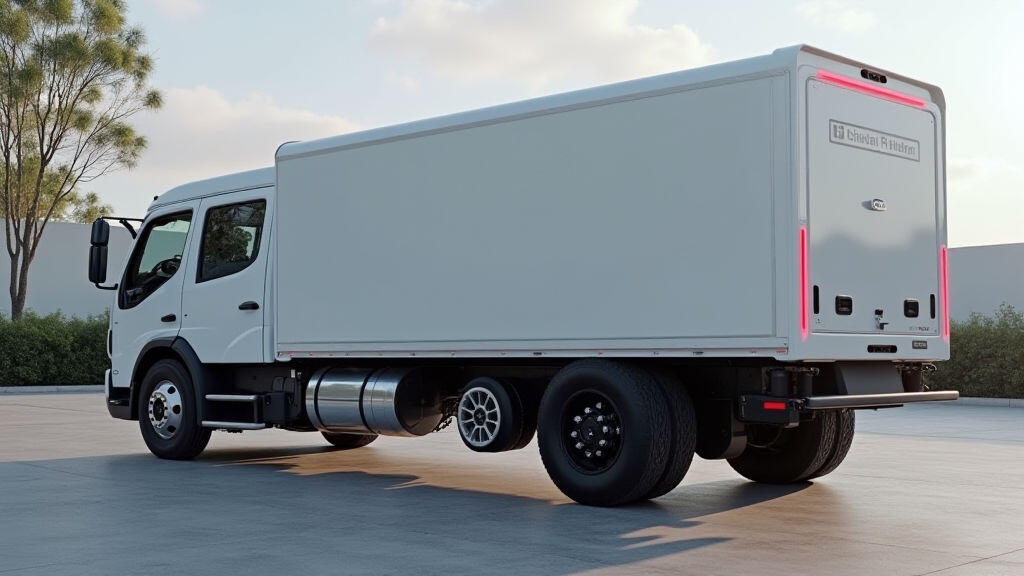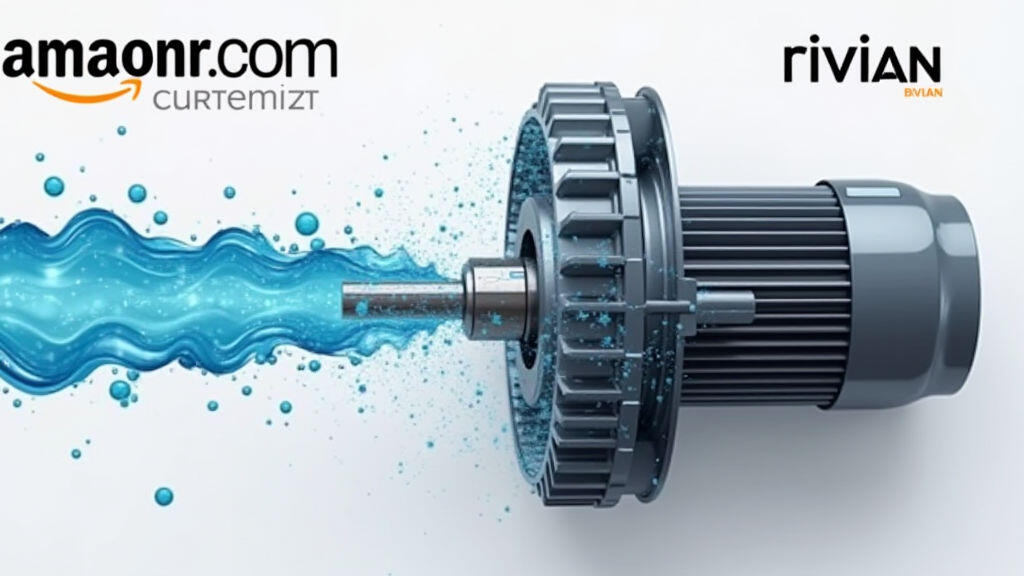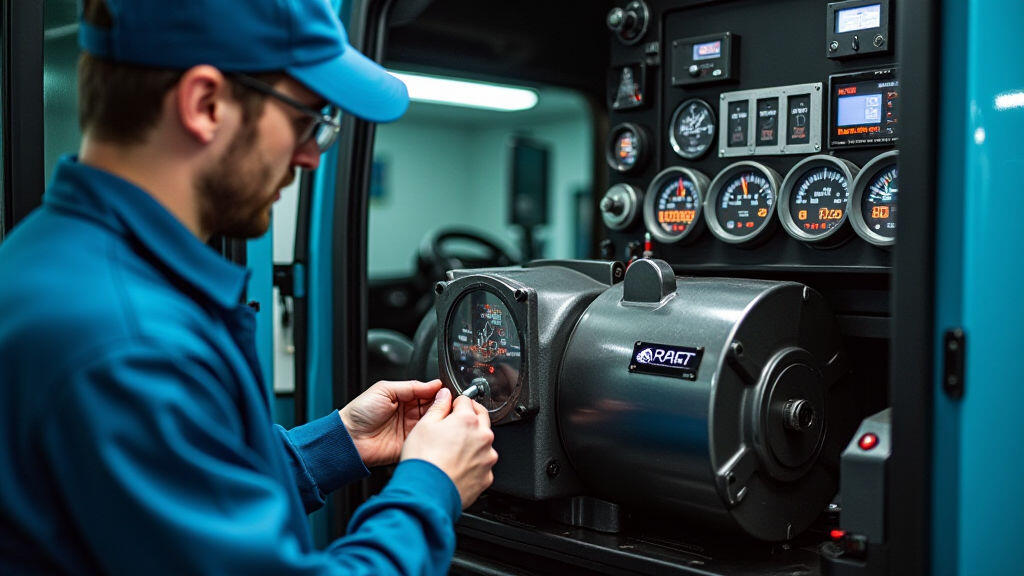Anjing Road, Xiaolan, Zhongshan, Guangdong, China
info@mes-drive.com
08.00 AM-09.00 PM

When Amazon announced its partnership with Rivian in September 2025 to roll out the first fleet of AI‑driven, fully autonomous electric cargo trucks, the automotive and logistics worlds took a collective breath. The announcement – backed by a $2 billion investment, a 10,000‑truck order and a promise of zero‑emission last‑mile delivery – set a new benchmark for sustainability, speed and technology. Yet, behind those sleek, self‑driving trucks lies an often‑overlooked component that enables the entire system to move: the gear motor.
Gear motors, or reducer motors, are the heart of any electric propulsion system. They convert the high‑speed, low‑torque output of an electric motor into the low‑speed, high‑torque motion required to drive a vehicle’s wheels. In the context of Amazon’s autonomous fleet, gear motors must perform with extreme reliability, high efficiency, and robust fault tolerance. Today we’ll explore how the trending event of mass autonomous delivery is reshaping demand for gear motors, the technology that makes it all possible, and what this means for the future of e‑commerce and logistics.

From Battery Power to Real‑World Movement
Electric trucks start with a battery pack delivering power at 400 V or more. The core electromotive force – the motor – typically spins at tens of thousands of revolutions per minute (RPM). However, a vehicle needs to move at a few hundred RPM to drive the wheels efficiently. This is where gear motors play a pivotal role. A gear motor’s gearbox reduces the high motor speed while multiplying the torque output. The result is a compact, lightweight component that can be integrated directly into the vehicle’s drivetrain, often eliminating the need for separate motor housings and gearboxes.
The collaboration between Amazon and Rivian said the new trucks would feature an “ultra‑compact, high‑torque gear motor” capable of delivering up to 600 Nm of torque at an output speed of 300 RPM. This specification dramatically improves acceleration, improves regenerative braking efficiency, and increases payload capacity – all essential for last‑mile delivery operations where time equals money.

AI‑Driven Logistics: A New Frontier for Gear Motor Demand
Autonomous freight trucks represent a quantum leap in logistics. The artificial intelligence (AI) algorithms that plan routes in real time, react to traffic, and manage energy consumption require continuous, reliable power across a wide operating envelope. Gear motors excel at delivering smooth torque over a variety of speeds while handling dynamic load changes as the truck picks up and drops off packages.
Market analysts predict that by 2028, autonomous electric freight will account for 25% of all commercial trucking miles in North America alone. This projection translates into a surge in gear motor orders, specifically models that support:
The demand is not limited to trucks. Amazon’s announcement of a new line of autonomous 3‑tonne cargo vans, expected to deploy alongside the trucks, will further amplify the need for small, high‑efficiency gear motors tailored to light‑weight electric vehicles.
The Environmental Edge: Gearry Efficiency and Carbon Footprint
Reducing emissions is a key selling point of Amazon’s partnership with Rivian. Gear motors contribute to this goal by boosting overall drivetrain efficiency. A gear motor’s internal reduction eliminates the need for a large external gearbox, cutting mechanical losses and weight. Fewer moving parts also lower maintenance cost and reduce energy loss due to friction.
Industry experts point out that every kilogram saved in a motor’s mass translates to a 3–5% reduction in energy consumption for a freight vehicle. In a fleet of 10,000 trucks, that cumulative saving equates to roughly 3,000 tonnes of CO₂ avoided annually — a figure that aligns with Amazon’s broader sustainability targets.
Moreover, gear motors love turbomachinery. Their ability to be coupled directly to the motor’s stator or rotor allows for tighter integration of heat management systems, further boosting reliability in the high‑temperature environment of payload‑heavy commuter routes.
Innovation in Gear Motor Design
Gear motors used in autonomous delivery trucks are pushing the boundaries of electronic and mechanical engineering. Recent patents filed by several OEMs and component suppliers claim:
These advances are made possible by the top-tier materials used in electric powertrains — high‑strength aluminum alloys, magnesium composites, and even spark‑resistant ceramics. Gear motor manufacturers are thus at the forefront of the battle against climate change, delivering friction‑minimal components that enable cleaner, more efficient electric freight networks.

Industry Ecosystems and Future Trends
The Amazon–Rivian partnership is just one example of how the logistics industry is embracing electrification and automation. Others, like UPS’s Movebot electric delivery robot, and DHL’s autonomous electric vans, are also sourcing high‑performance gear motors. The result is a cohesive supply chain ecosystem that includes battery suppliers, motor manufacturers, software developers, and logistics operators.
Looking ahead, we can anticipate a couple of key trends:
Conclusion
The recent launch of Amazon’s autonomous electric truck fleet has ignited a renaissance in gear motor technology. As AI‑driven vehicles become the backbone of last‑mile logistics, gear motors will govern everything from acceleration to regenerative braking, blending mechanical simplicity with cutting‑edge electronics. Their demand is set to rise exponentially, driving innovation in materials, design, and integration. In a world striving for low‑emission transportation, gear motors won’t just be a component; they will become a cornerstone of sustainability, efficiency, and the future of e‑commerce.
Leave A Reply
Your email address will not be published. Required fiels are marked